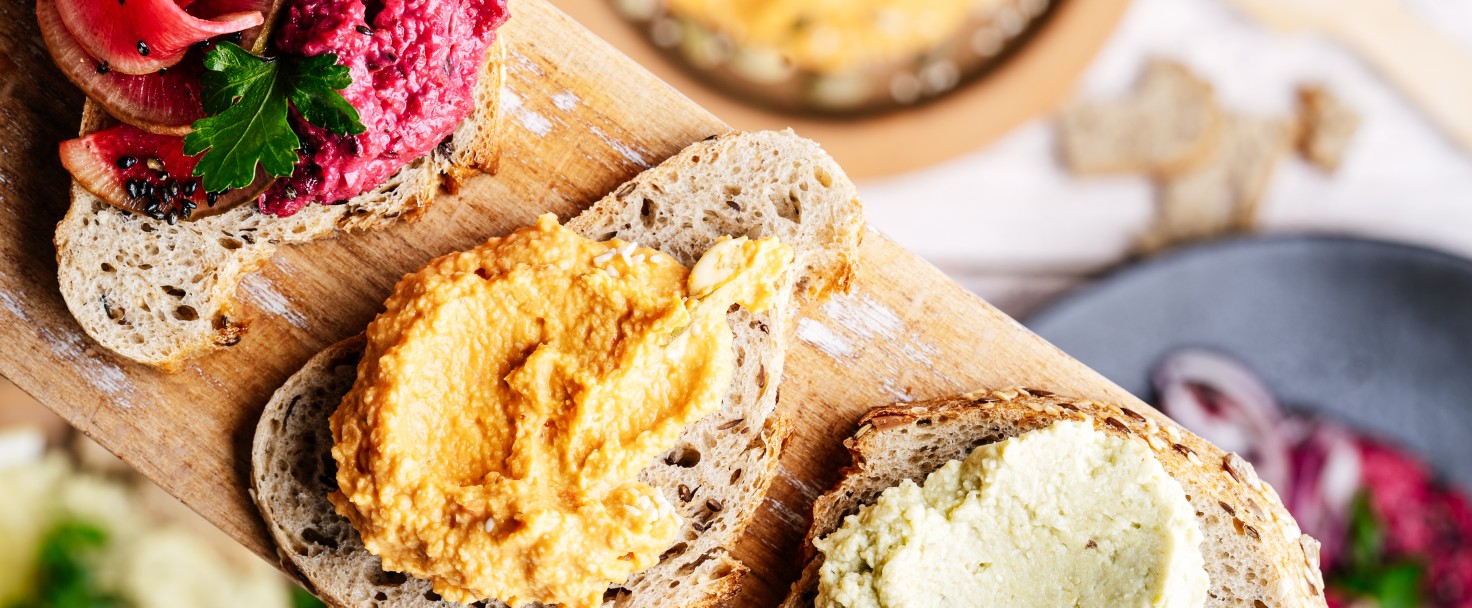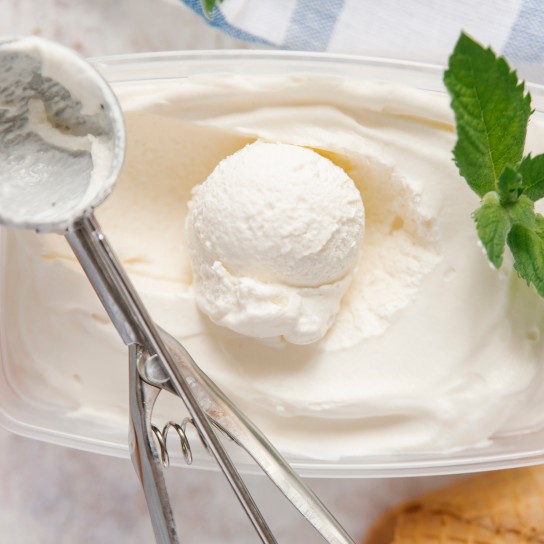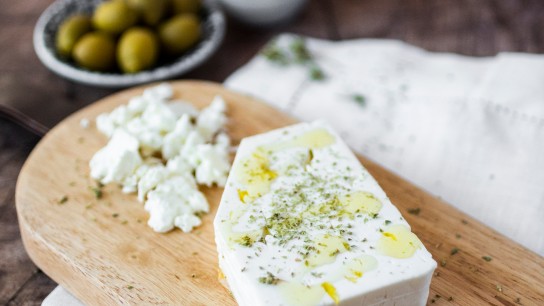We’re always looking forward when it comes to product inspiration concepts. This is why our Italian colleagues in Padua have been busy developing some great plant-based ice cream and cheese* analogue ideas that have potential across the EMEA region.
The continued growth in demand for vegan and vegetarian alternatives and the recent surge in plant-based options is taking the European food industry by storm. Innova Market Insights reports that Europe remains the most active region for plant-based** claims on new products, accounting for 43 percent of launches in 2019, just ahead of North America (40 percent). In fact, the market researcher notes that one in two dairy alternative launches reported globally in 2019 was tracked in Europe, with 86 percent more new launches taking place in the region in 2019 than in 2015.
Even in the highly traditional market of Italy, the rise in demand for plant-based alternatives has been profound. Research from Eurispes (2019), finds that over 7% of Italians consider themselves to be “vegetarian” or “vegan.” More significantly still, many others – the so-called flexitarians – are occasionally going for the vegan or vegetarian option. It’s part of a broader free from trend, where 19% of Italians are opting for gluten-free products and 26% are going lactose-free. Trend conscious product developers are all too happy to step in and meet their needs.




